Tempio del Futuro Perduto – The Temporary Autonomous Zone in the heart of Milan
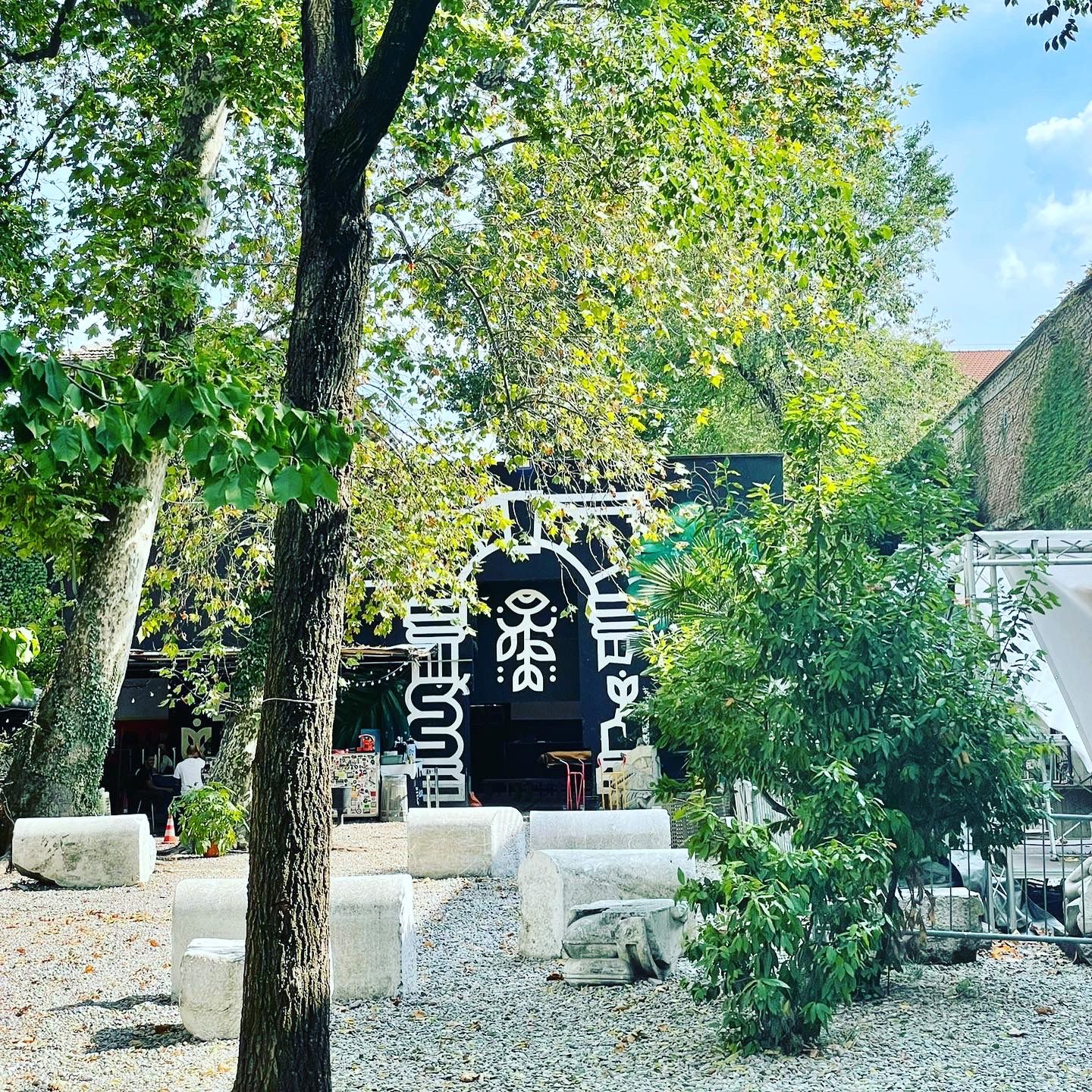
In the heart of Milan – a city renowned for high fashion, design and decadence – amidst the relentless tide of gentrification, lies Tempio del Futuro Perduto (Temple of the Lost Future), a haven of “creative expression and resistance”.
Founded in 2017 by Tommaso Dapri, this music, art and technology space stands as a testament to the increasing need for temporal alternative experiences – or a Temporary Autonomous Zone as Hakim Bey termed it – and an intense longing to escape the confines of the everyday. Whilst many seek out these escapes via online channels – remember the metaverse? – Tempio offers a glimpse into a world that transcends the mundane and embraces the avant-garde. Having heard broken glimpses of conversations about this place and its importance to the Milanese, we decided we needed to delve a little deeper.
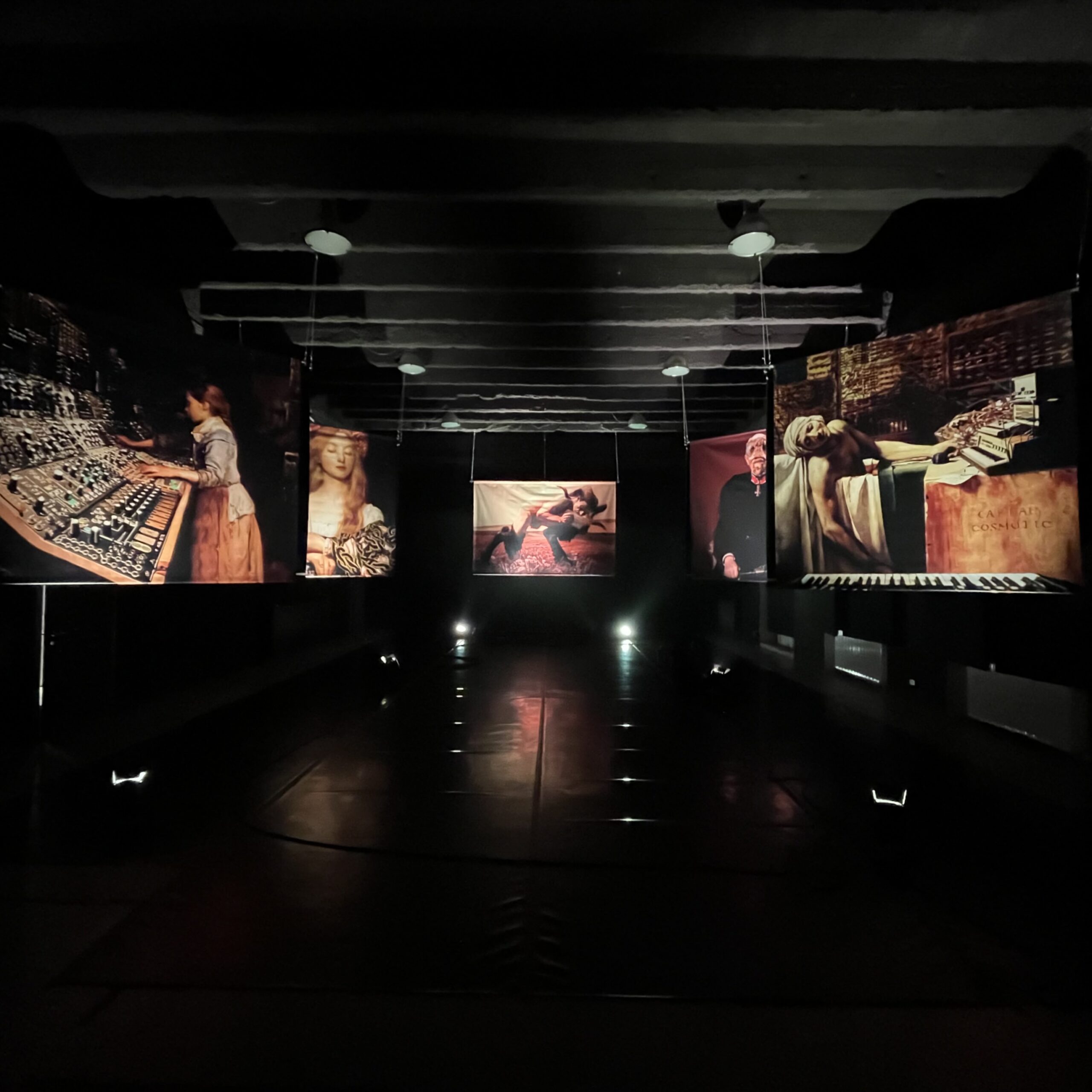
“The goal has always been to build a ‘therapeutic place’ for all the people in Italy who feel culturally suffocated for all those minorities who cannot find space and to try to contain the emigration abroad of hundreds of thousands of young Italians – youth emigration has never been as strong as today since 1945/50.” Tommaso Dapri
Milan, like so many of these modern visions of what a city should be, finds itself at a crossroads— it’s a city seeking to preserve its historical charm while adapting to the ever-present trappings of endless rounds of ‘progress’, bound up with grubby ‘investment’. Tempio del Futuro Perduto emerged as a counterpoint to the Italian capital’s vision, presenting an alternative space that celebrated experimentation and challenged the status quo. Over its seven years and countless iterations, the space has mutated into an independent, multidisciplinary cultural centre supporting local artists via music, dance, photography, production, coding, a library and a clothes bank. Run by a group of young artists and activists, whose mandate is to “build communities through humanitarian, creative, artistic, and eco-sustainable activities,” from just a few short days spent in their company and the confines of its many walls it certainly felt like it is succeeding in this vision.
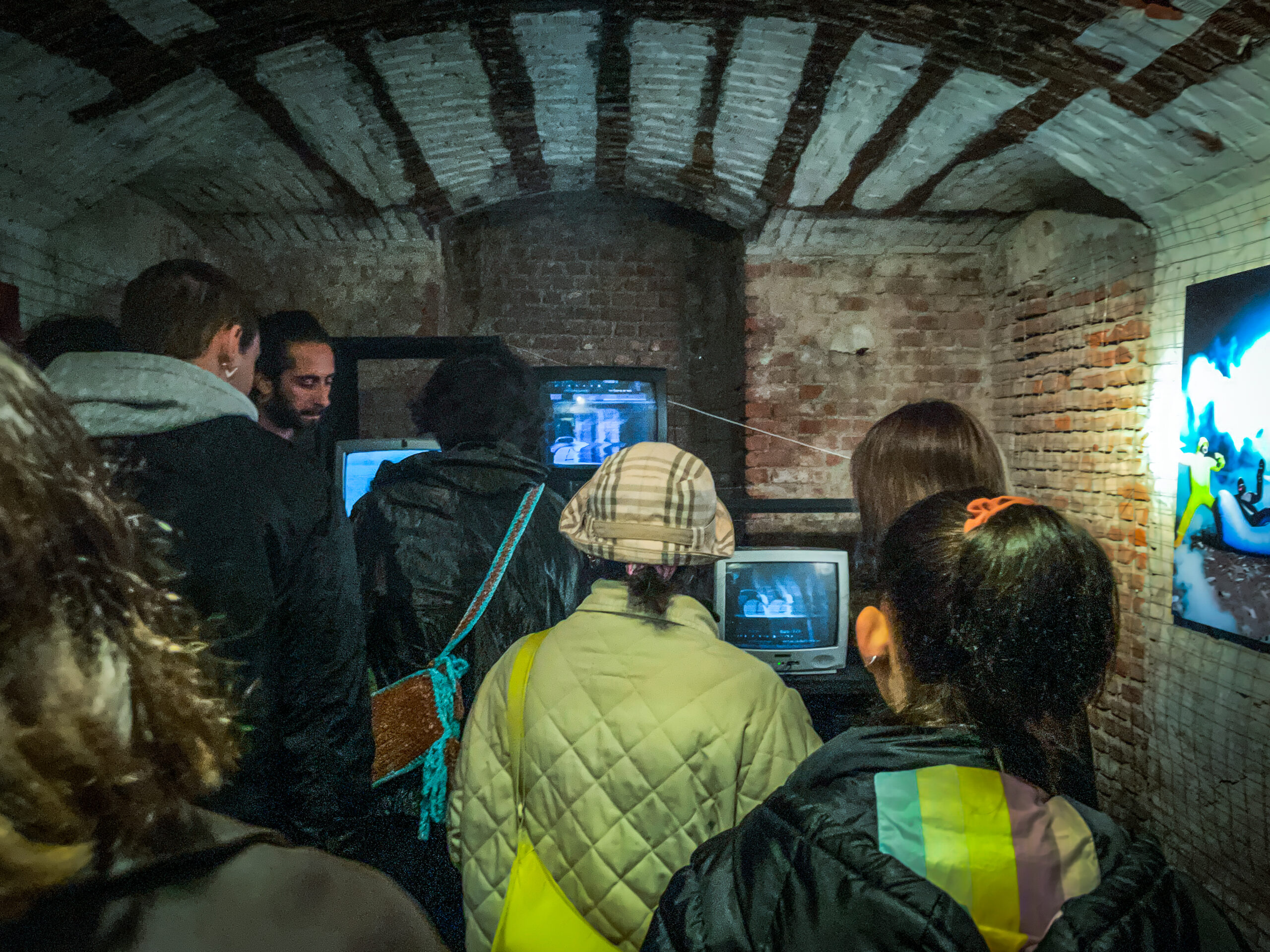
"Build communities through humanitarian, creative, artistic, and eco-sustainable activities"
We arrive in Milan on a public holiday, the 25th of April is Liberation Day or the day that Italy commemorates the victory of the resistance movement against Nazi Germany and the banishing of the fascists from its borders. This feels even more significant given that it’s set against the backdrop of the country’s current heavily right-leaning political landscape. Housed in an old train depot complex, the space started life as a squat and in March this year, was recognised as a legal venue by the Municipality of Milan. This made it the first officially certified independent cultural centre in Italy and became an even more crucial moment in the history of Italian subculture, following the implementation of anti-rave laws. Similar to the Criminal Justice Bill in the UK, it sought to outlaw parties in unoccupied spaces, effectively criminalising anyone organising or attending these events.
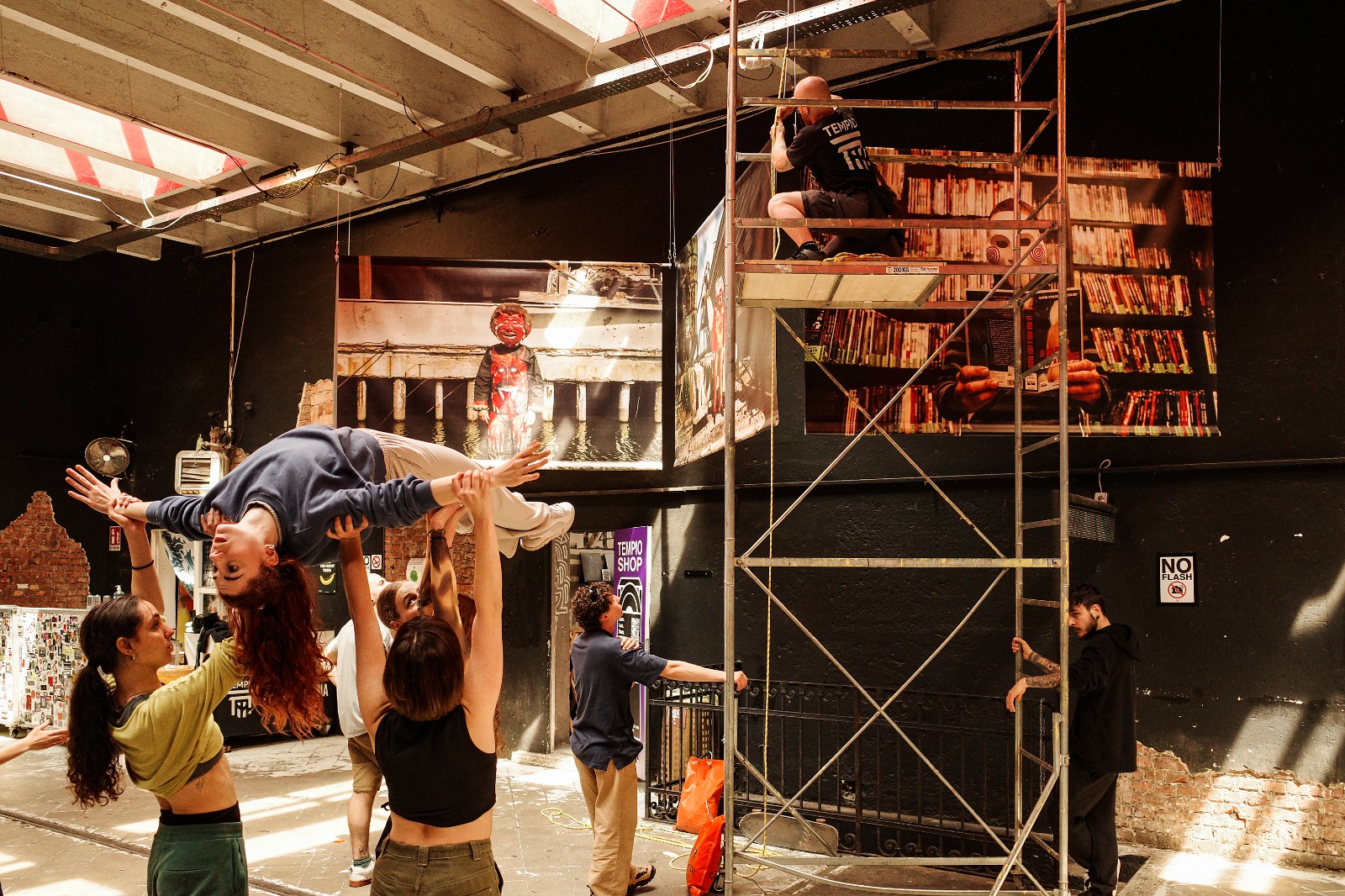
“The Italian club and rave scene was extremely violent, sexist, racist, non-inclusive"
The ‘legalisation’ of Tempio opened up dialogue and the opportunity for collaboration with these institutions and became a direct channel of communication between the new generations of Milanese citizens and the authorities. From its humble beginning, it feels like Tempio unknowingly became a powerful symbol of resistance—a sanctuary that defies this growing tide of anti-immigrant sentiment and hatred.
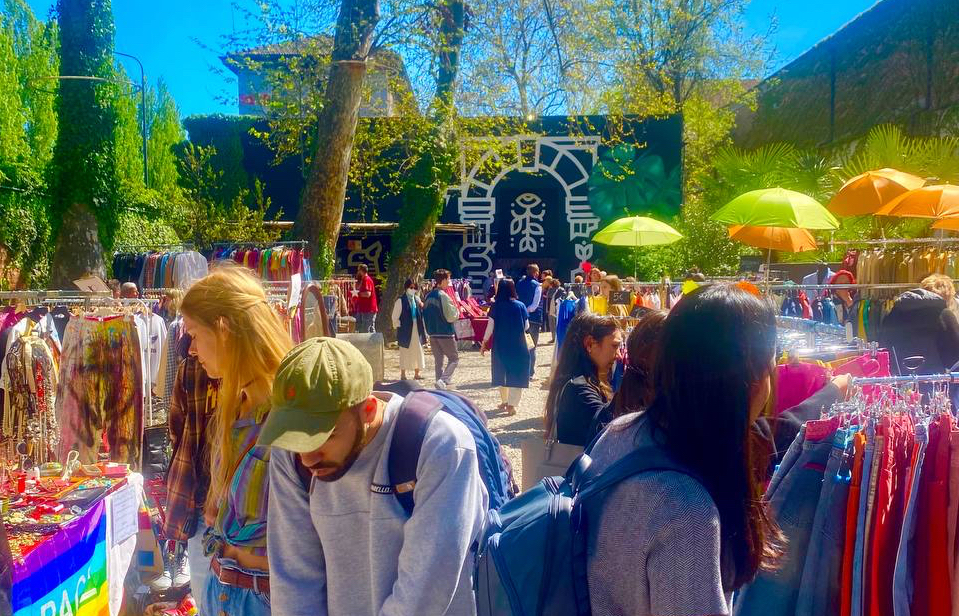
“The Italian club and rave scene was extremely violent, sexist, racist, non-inclusive and based on organised crime; I was suffocating culturally, I was robbed, beaten, threatened just because I’ve always contested that way of doing things” notes Dapri. “I think I was one of the first Italian DJs to have turned off the music during the fights that happened in different clubs that I played.” he continues. “But I was lucky enough to play around the world and this changed my life because I saw that a ‘civil nocturnal cultural environment’ existed; I started studying and realised what I should have done: to free abandoned spaces by creating safe, stimulating, well-organised environments far from violence and crime.”
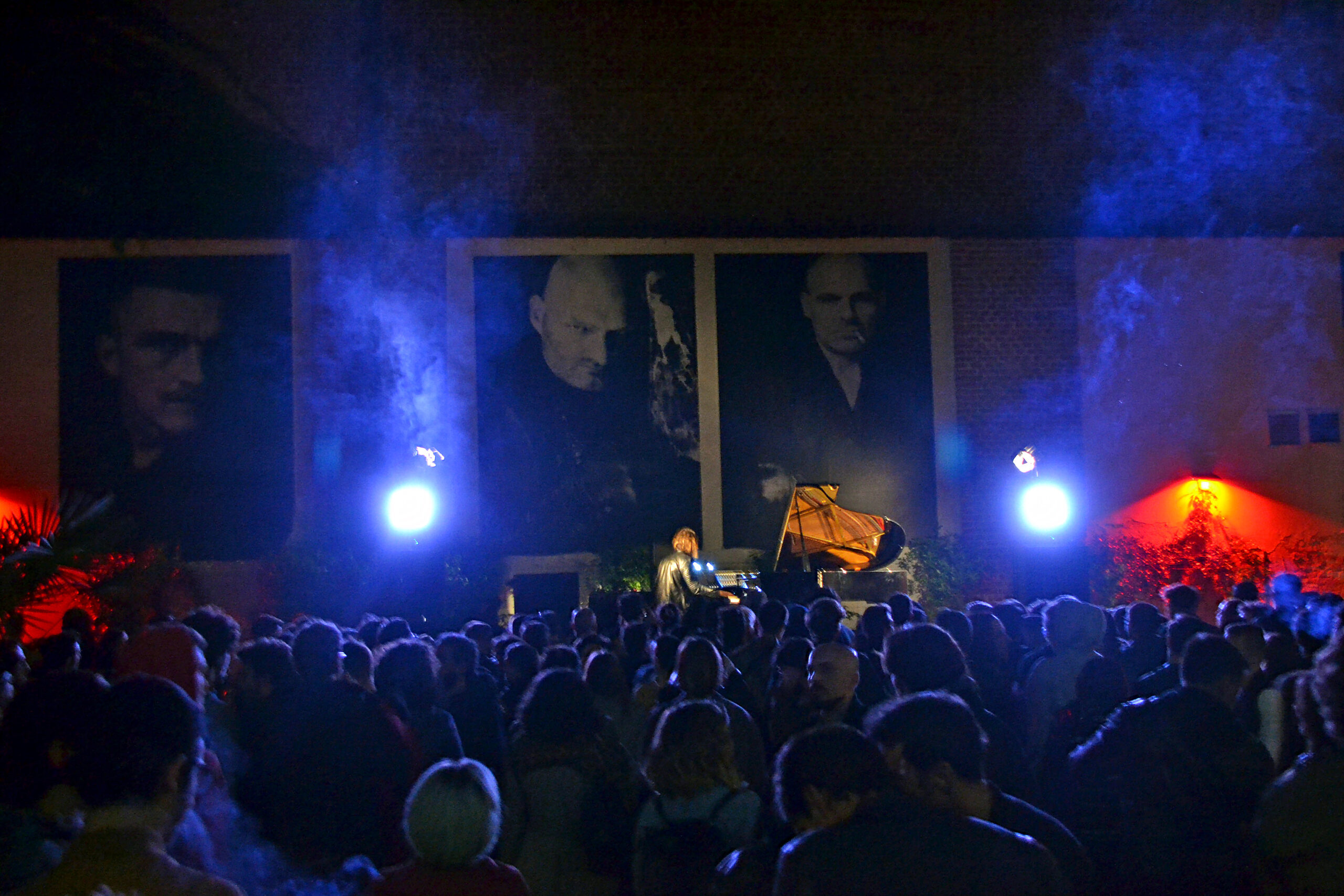
Tempio is the celebration of this journey. “After many attempts, failures and repressive acts by politics and attacks by the mafia, we managed to create a really clean, clear and safe space in Italy.”
The space proper has been regenerated and renovated over its lifetime and as we’re taken on a tour of the cavernous space we’re reminded of its previous life as a tram shed with the lines running through the middle of the main room’s dancefloor. Down into the vaults and there’s an exhibition of Shyla N. This dank and musty basement is often used in summer as a venue, as the temperature rises outside and the main indoors is rendered a sweat box. Back on the main floor, we’re taken into ‘the wall’; a library and free space where people can exchange books, rooms full of clothes donated by locals and free for refugees and those in need. In just three years, the wall has become a hub of generosity, witnessing an astounding outpouring of donations. More than half a million clothing items, 5 tons of children’s toys, 2,500 blankets and tens of thousands of health products have been contributed, including surgical masks, mattresses, strollers, diapers, and hygiene products. Additionally, ‘the wall’ has received 180,000 books, bicycles, musical instruments, crutches, breast milk pumps, crockery, and household appliances. These goods are distributed among the needy, homeless individuals, charities, citizens’ committees, law enforcement agencies, and international humanitarian missions, ensuring their impact reaches far and wide.
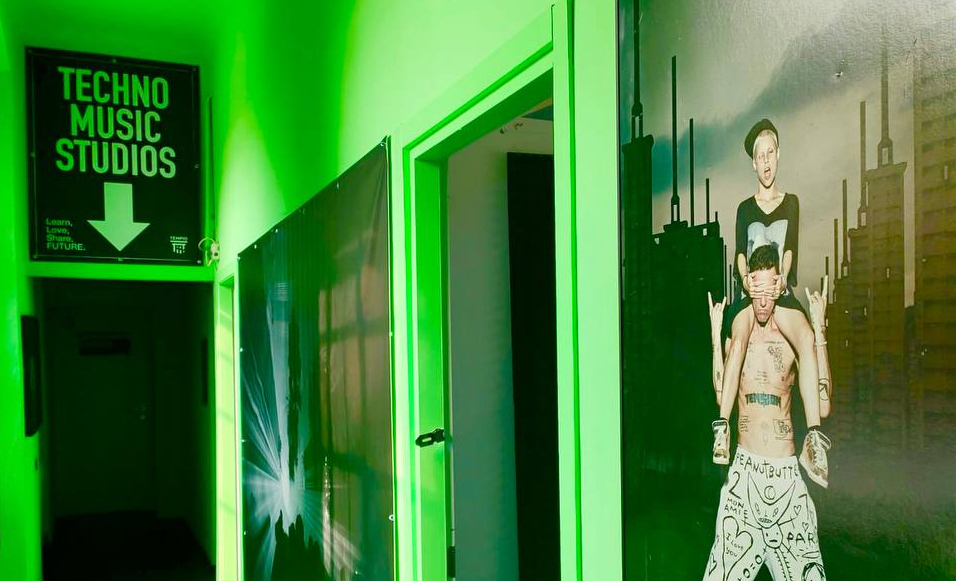
On the same floor is a dance studio where practice is taking place. “We want to explore the relationship between physical and digital art thanks to the internal contemporary dance company made up of dozens of performers and the skills of our designers, engineers, programmers, visual artists and musicians”
Upstairs there’s clean and tidy accommodation – Dapri and the core crew still live here – a very ordered office and set of breakout rooms – “we host coding sessions, 3D modelling workshops, modular and analogue electronic music courses.” we’re excitedly told by Marthial, one of the residents as he shows us around – and two beautifully tuned studio rooms where the three in-house labels record and run out of – 24h Records (the premise that you have to finish a track in 24 hours to retain its rawness), Cyberspeak and the newly launched Italo Ghetto Records “My music is Italo-ghetto. The noise of cutlery and news coming out of the buildings at dinner time, the scents of foreign spices that join the bubbling of traditional sauteed vegetables.” Industrial Romantico tells us.
Outside in the courtyard, there are 1,000 square metres of the garden made public and available to the surrounding community. During the weekend events in the summer take place out here across two ‘stages’ and the music goes on until a very respectable 2 am in the open air. The weekend we visit we’re not blessed with the most forgiving of weather but regardless, the outdoor stage still opens and creates an amazing place to sit and soak up the music – it must be even more amazing in the warmer months.
Tempio’s architecture and design embrace a futuristic and minimalist aesthetic. The expansive dance floor, encircled by artwork, suspended lighting fixtures, and LED screens, fosters an otherworldly experience.
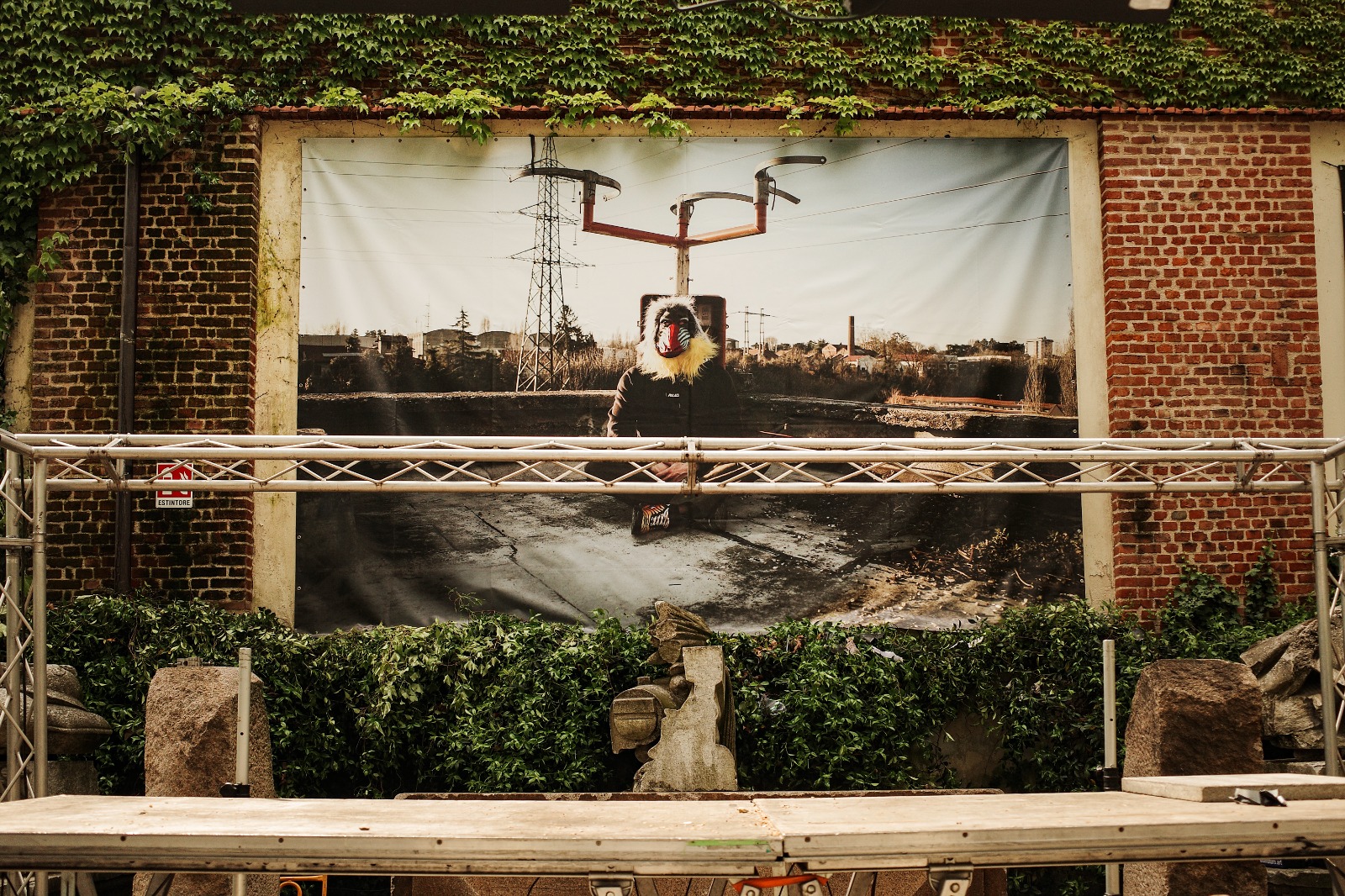
What strikes you about this whole operation is the professionalism of it. Generally, you expect a squat to be run by ket-fuelled crazies still partying on Tuesday – a stereotyped image I’m prepared to admit. Not so here, this is a tight operation with well-curated art and music, crisp sound, well-organised bars and friendly but firm door staff. There’s often quite a strict door and photo policy for the LBTQ+ positive nights and its allure extends far beyond the borders of Milan, drawing in a diverse and international crowd. We’re given a dressing down at the door: “No drugs, no attitude, make others feel at ease… and have a good night.” an almost smile comes across the door person’s face with her last few words.
The team is made up of volunteers and professionals who’ve worked hard to create a safe and inclusive space. “Over time we have professionalised and continue to deepen our know-how of caring for human beings, the arts and the environment; one of the most complicated aspects was learning to recognize who and what is constructive for the community and what is instead destructive or parasitic.” Dapri notes
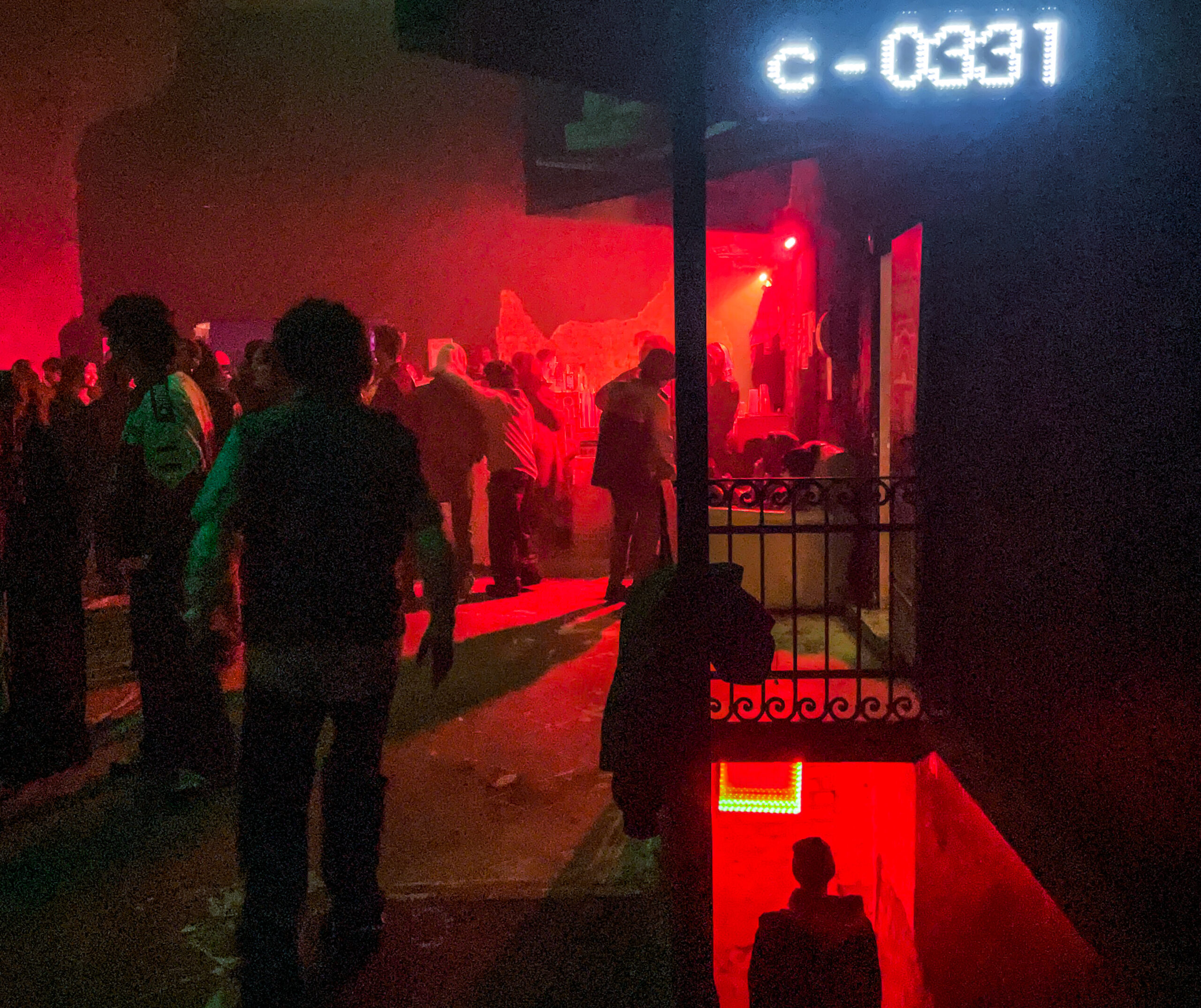
By fostering an environment that welcomes individuals from all walks of life, the club embodies a spirit of unity and solidarity, standing as a symbol of resistance against the increasing intolerance we are all currently faced with. “In recent years the most fashionable tattoo in Italy is the word “resilience” – I think it is symptomatic of how people have lost courage and feel helpless, isolated and lost. The word “resistance” instead is censored every day in the national media and is discredited by the government.”
It’s easy to draw comparisons with somewhere like Berghain or About:blank, but this would be doing Tempio a big disservice as it stands on its own unique footing. It’s also somewhere that feels like it breathes throughout the week, rather than not sleeping all weekend.
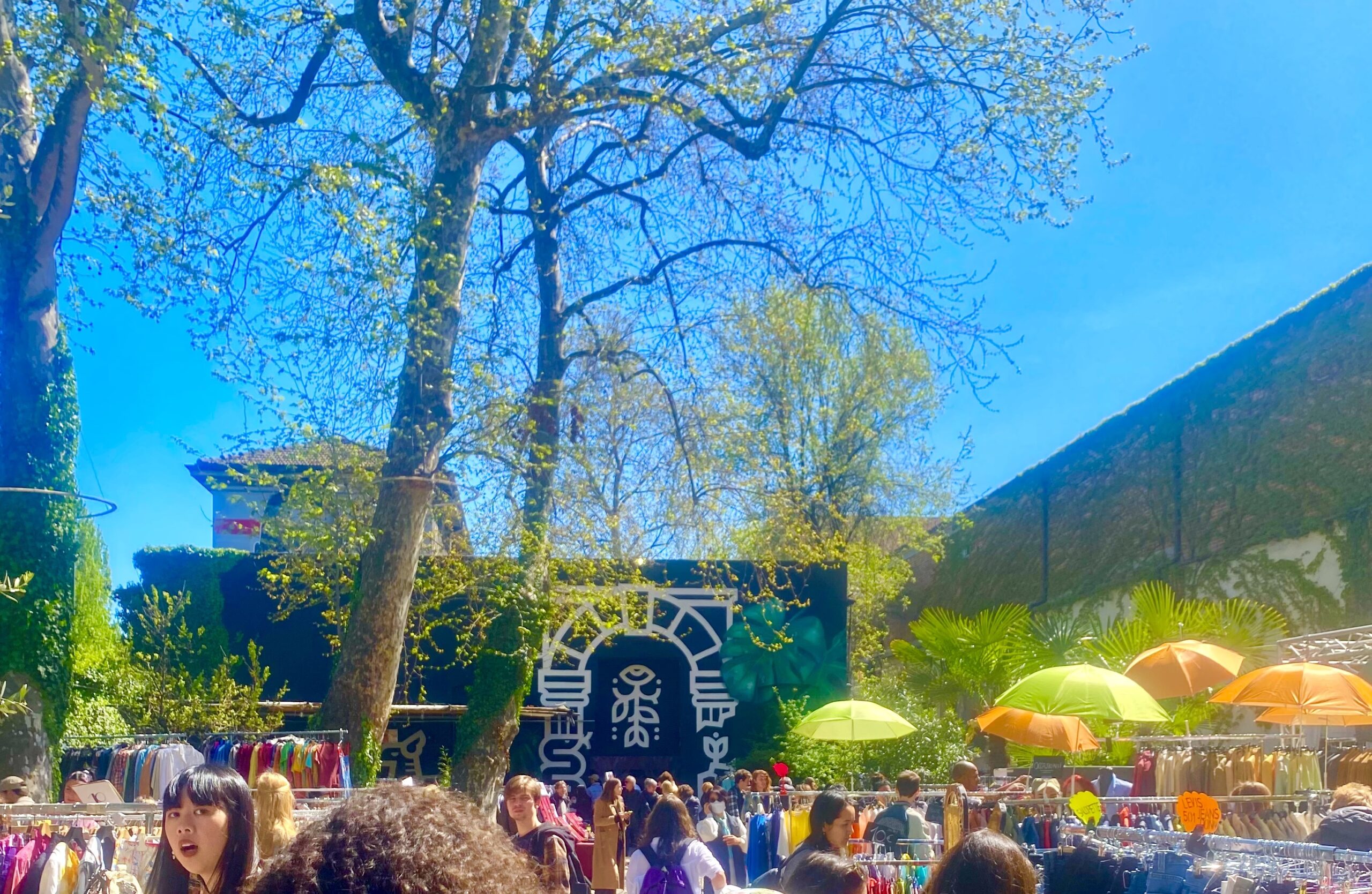
The three-day lineup of the mini-festival weekend we attended is a reflection of the venue’s artistic booking thread. A blend of guest artists – Cruises, Freddy K, Fabrizio Rat – with Tempio residents Marthial, Industrial Romantico, Elisa Bee and Luwei – particularly impressive for her warm-up set on Saturday night. It’s difficult to argue that the music was secondary when it’s so front and centre of an evening but such is the feeling Tempio engenders you feel you could sit there for days.
In an era marked by increasing urbanisation, the significance of cultural spaces like Tempio becomes even more pronounced. Big cities bear the responsibility of nurturing such spaces that enable individuals to escape their habitual states of mind but also to promote social responsibility. This is evidenced by their support for organisations assisting migrant and refugee communities, further amplifying the club’s significance.
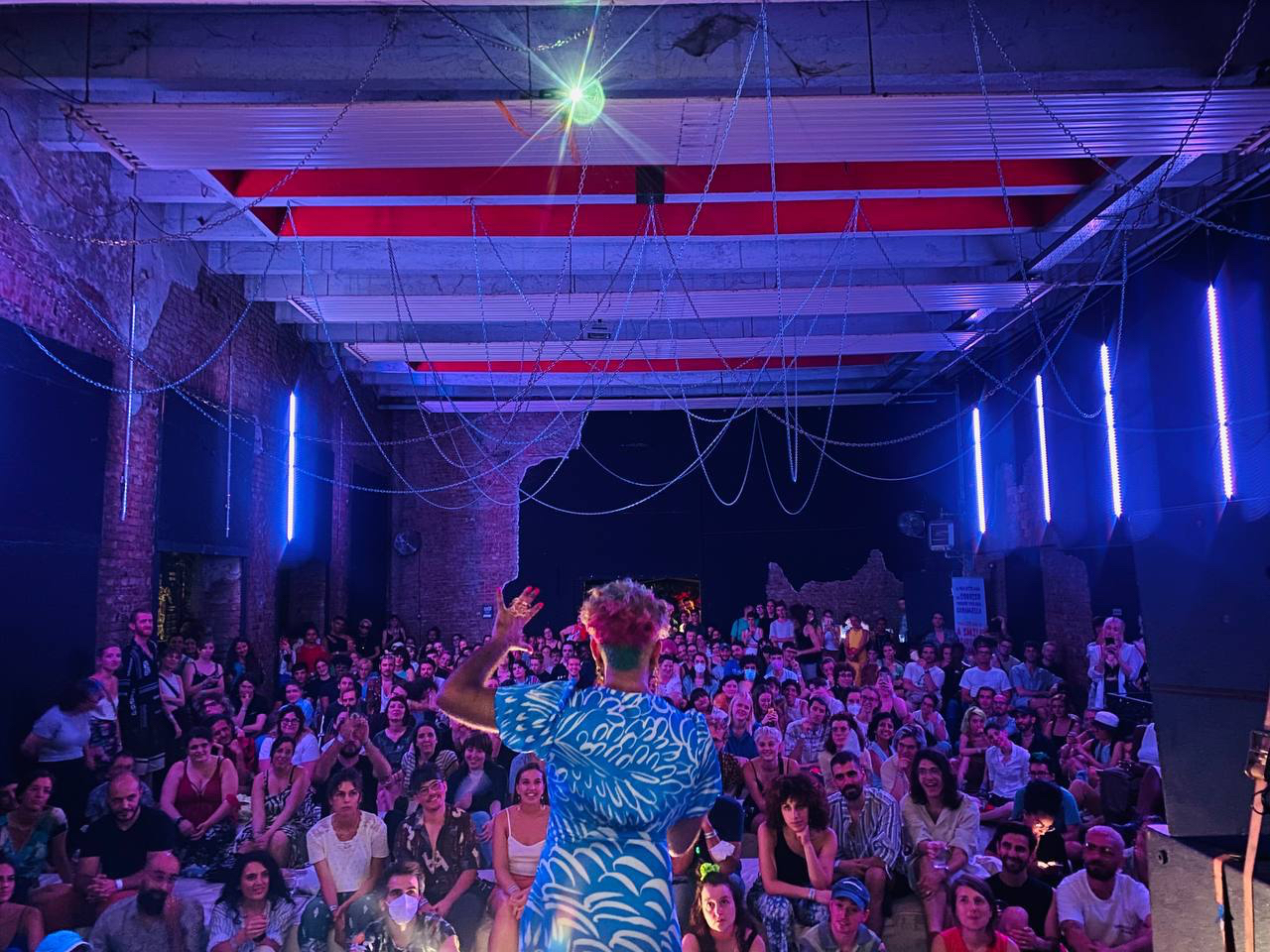
“One of the things that has moved me most recently is the workshop that we organise at Tempio dedicated to Ukrainian families fleeing the war with over 100 children that we let play and their parents to whom we teach Italian. Lovely emotions also when we lent Tempio out for a religious celebration of the Milanese Muslim community in which over 400 people gathered to pray all night long where people normally dance.”
Tempio has inadvertently become an emblem of resistance—a testament to the power of culture and community to challenge prevailing ideologies. It highlights the importance of striking a delicate balance between innovation and inclusivity, constantly re-evaluating and adapting to the changing needs of the community it serves. It’s a rallying point for those seeking refuge from the homogeneity of mainstream culture. As cities continue to evolve and face the challenges of the future, the role of cultural spaces like Tempio becomes increasingly crucial—a reminder that, even amidst the chaos and at times hopelessness of the modern day, there exist pockets of future-looking creativity and resistance.
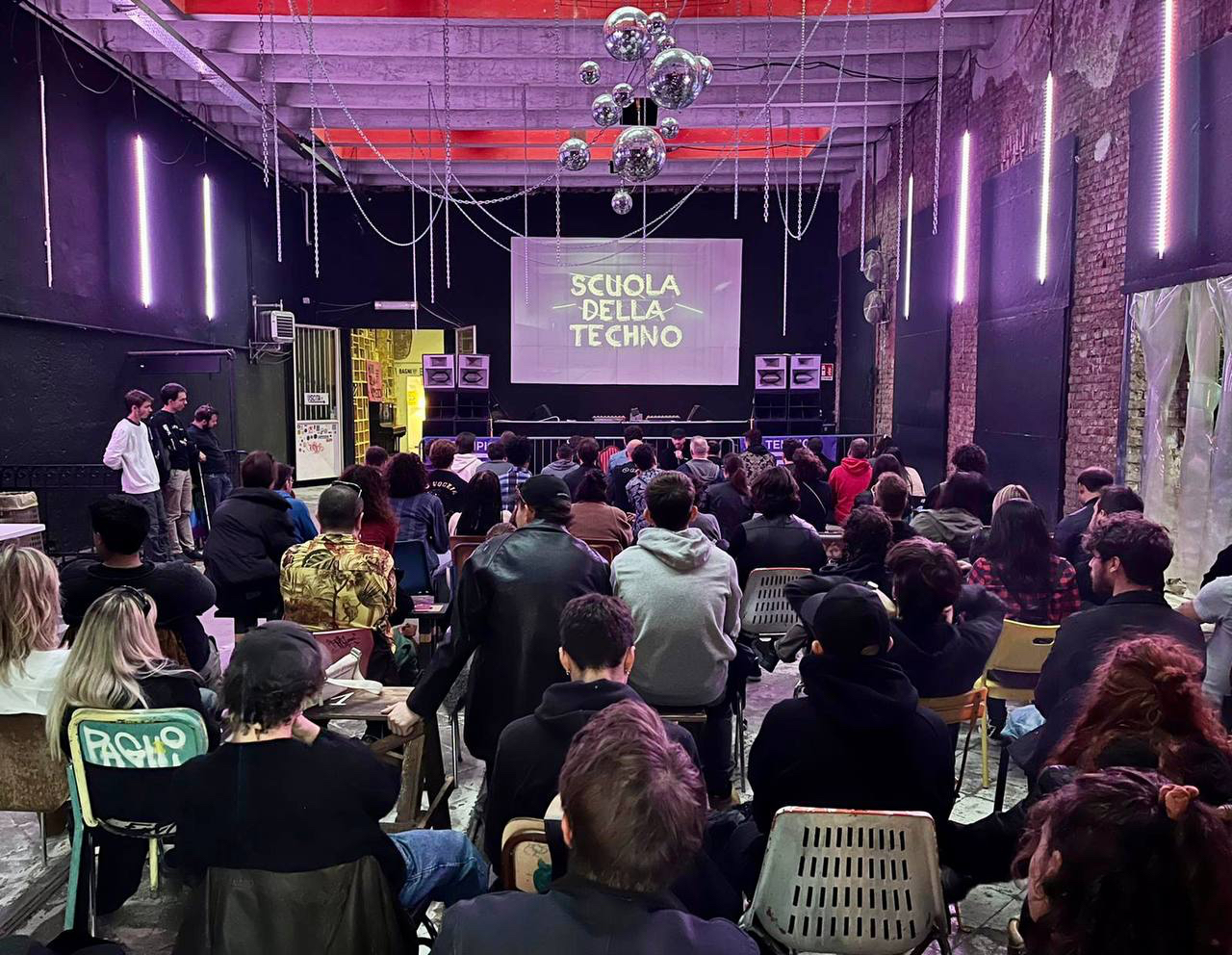
“I think that the duty of future citizens is to react to social, cultural and political decay for the good of the community and of future generations; I think social media has made toxic, many of the civil rights struggles that use these platforms to propagate themselves. So perhaps the recipe for the future is to fight in real life with concrete actions and gestures of love towards oneself, inside our homes, on the streets, in schools, at workplaces, in clubs, ‘on the beaches, the fields, the hills’ never giving up so that whoever comes after us, will still have something to dream and believe in – different from what will be sold to them.”
Photo Credit: Veronica Bottan
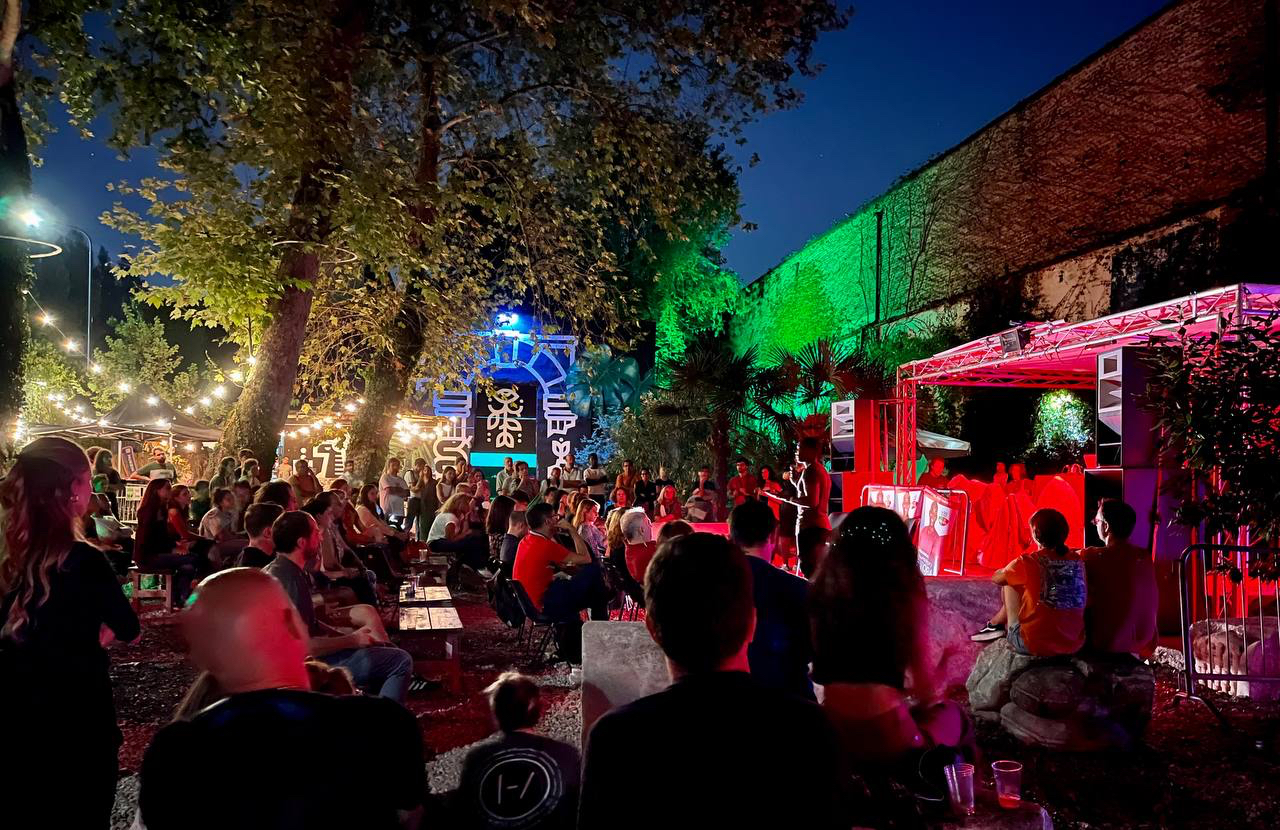













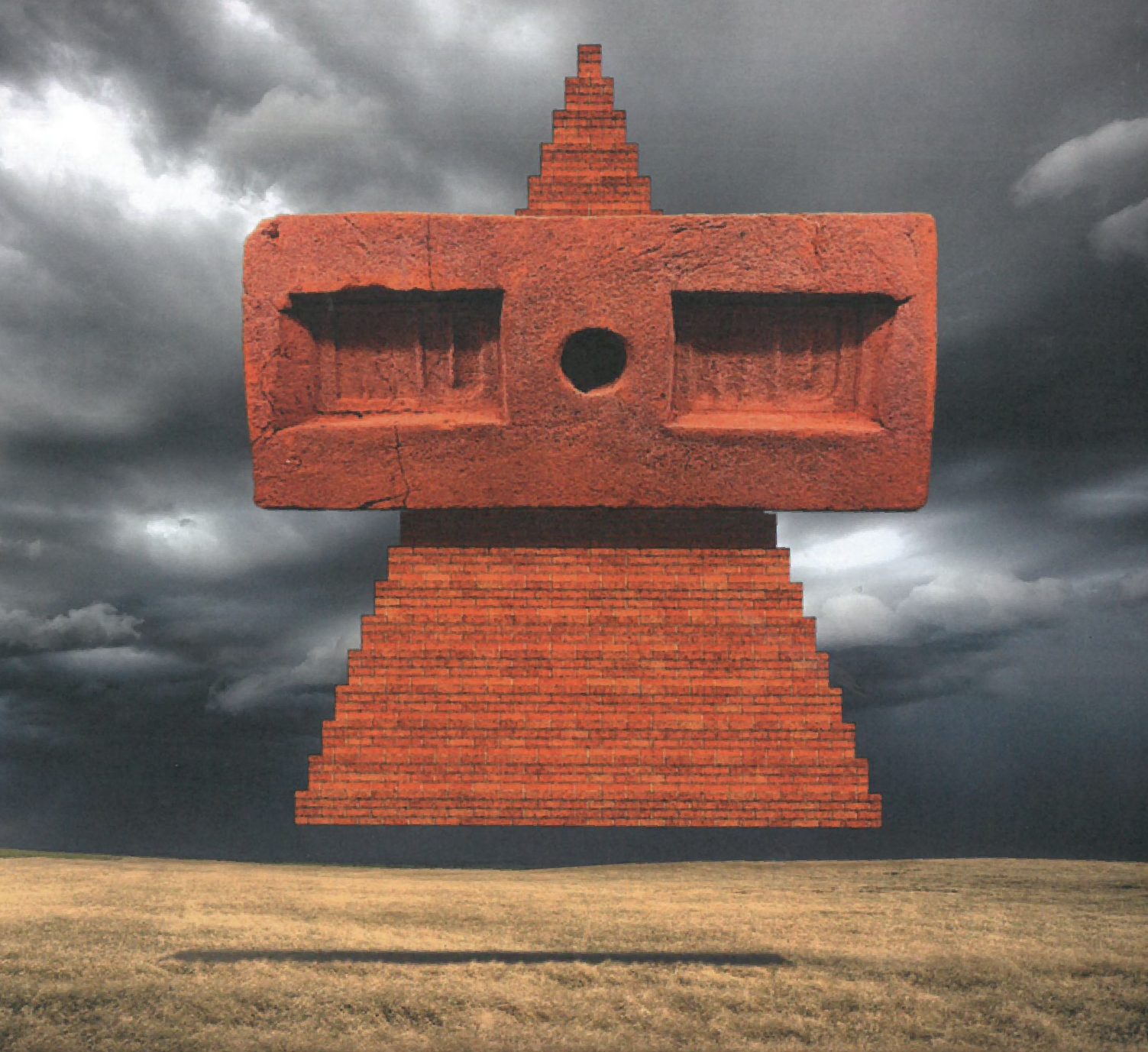





Must Reads
David Holmes – Humanity As An Act Of Resistance in three chapters
As a nation, the Irish have always had a profound relationship with the people of Palestine
Rotterdam – A City which Bounces Back
The Dutch city is in a state of constant revival
Going Remote.
Home swapping as a lifestyle choice
Trending track
Vels d’Èter
Glass Isle
Shop NowDreaming
Timothy Clerkin
Shop Now